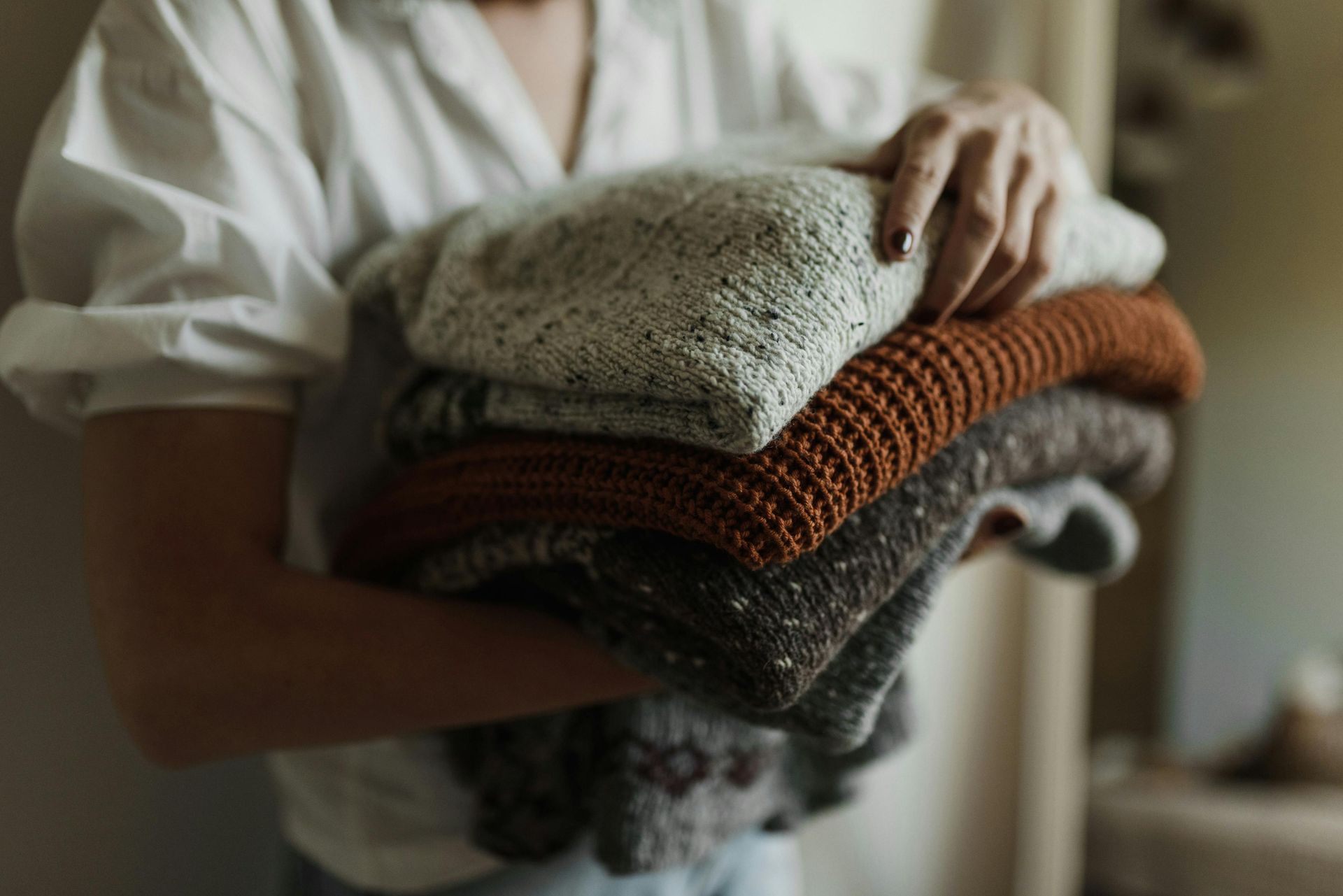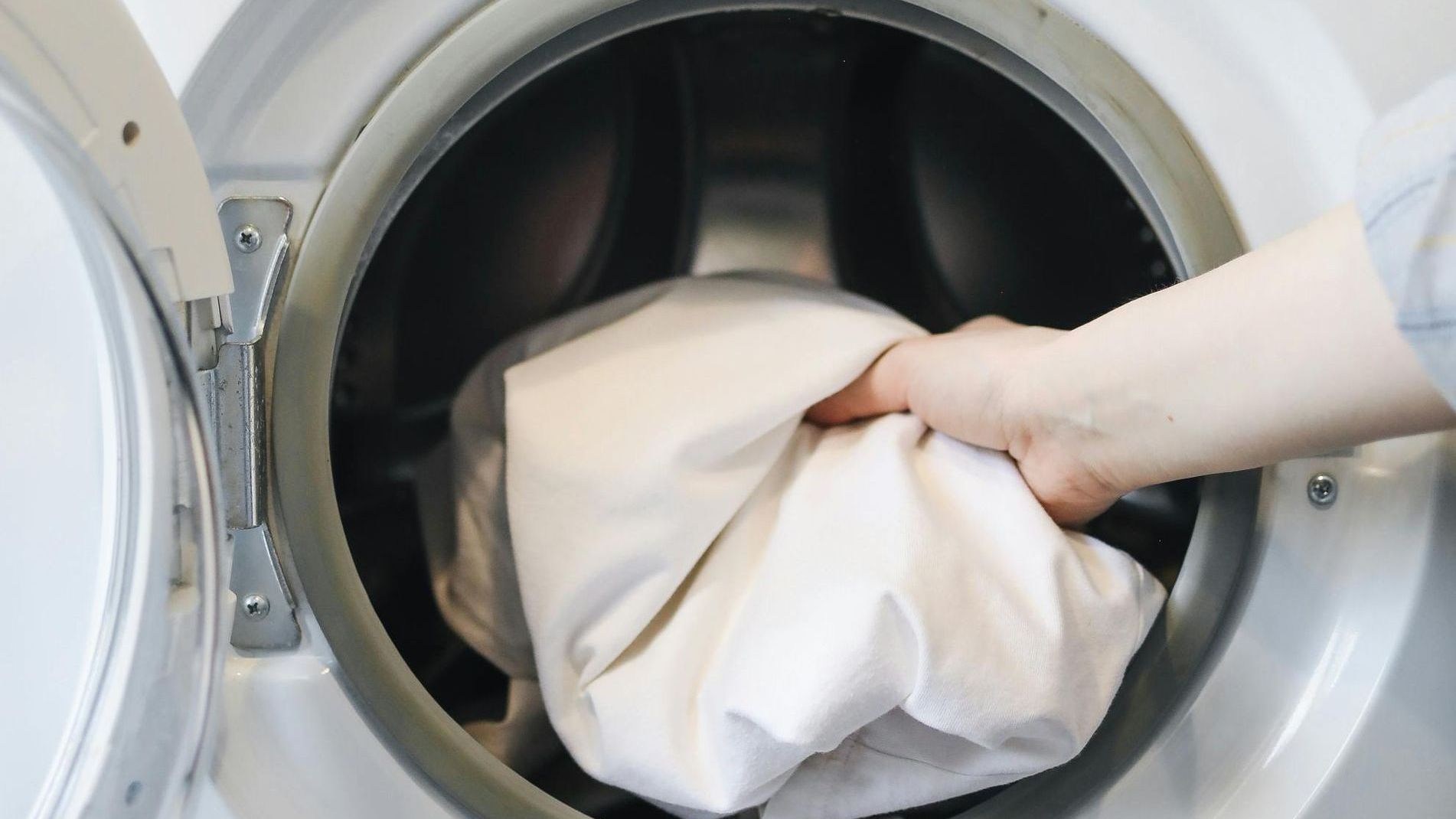
When you slip into your favorite cotton tee or cozy up under a wool blanket, you’re experiencing the result of textile fibers—the essential threads that form the foundation of every fabric. These fibers, whether born of nature or crafted through chemistry, define how a textile looks, feels, and performs. For those of us in the commercial laundry world, like the team at Neat Laundry Services, understanding fiber composition isn’t just useful—it’s absolutely critical. Let’s take a closer look at what makes these fibers so fascinating, and why they matter so much when it comes to caring for your textiles. 🌿 Natural Fibers: Nature’s Gift to Fabric -Cellulosic Fibers (Plant-Based) Cotton Harvested from the fluffy bolls of the cotton plant, cotton is a global staple—and for good reason. It’s soft, breathable, and highly absorbent, making it a favorite for everyday wear and warm-weather fabrics. Its hydrophilic nature means it loves water, which is key to both its comfort and its care. Linen Spun from flax, linen is the cool, crisp cousin of cotton. Stronger and more textured, it’s ideal for hot climates and elegant in its wrinkled charm. It’s often found in upscale summer apparel and refined home textiles. -Protein Fibers (Animal-Based) Wool Taken from sheep’s fleece, wool is the fiber of warmth. Its natural crimp traps heat while allowing breathability, and its moisture-wicking qualities keep it dry to the touch. Plus, it’s flame-resistant—a hidden safety feature in many garments. Silk Spun by silkworms, silk shimmers with natural luxury. It’s strong, smooth, and lightweight, often reserved for high-end fashion and luxurious bedding. Silk’s delicate nature requires an expert touch in cleaning and care. 🧪 Synthetic Fibers: Science Meets Softness Nylon The brainchild of 20th-century innovation, nylon was the first synthetic fiber to hit the market. Developed by DuPont in the 1930s, it’s known for being strong, stretchy, and surprisingly resilient—even when wet. You’ll find it in everything from tights to tents. Polyester This synthetic powerhouse is a true chameleon. Durable, wrinkle-resistant, and quick-drying, polyester has taken over closets and commercial spaces alike. It’s found in shirts, curtains, uniforms, and beyond. 🧼 Why Fiber Knowledge Matters at Neat Laundry Services Each fiber reacts differently to water, heat, detergents, and mechanical action. At Neat Laundry Services , our expertise in fiber identification and fabric care isn’t just theoretical—it’s the heart of our commercial laundry operation. We apply our deep knowledge of textile science to every load we handle, ensuring that cotton stays soft, linen stays crisp, wool keeps its bounce, and silk maintains its sheen. From uniforms to luxury linens, our process adapts to the needs of each fabric type, protecting your investment and enhancing fabric longevity. That’s not just laundry—that’s Neat .

Running a restaurant means handling countless responsibilities, and keeping linens, uniforms, and towels spotless is crucial for maintaining a top-notch dining experience. When choosing a laundry service, many restaurant owners default to big commercial laundry companies—but that may not be the best decision. The Pitfalls of Big Commercial Laundry Companies Locked into Long-Term Contracts – Many large laundry providers require rigid contracts, limiting your flexibility. One-Size-Fits-All Service – Their standardized approach may not align with your restaurant’s specific needs. Inconsistent Quality – High-volume operations often compromise quality control. Lack of Personalized Customer Service – Your restaurant is just another account, making customer service slow and impersonal. Why Neat Laundry Services is the Better Choice 1. No Contracts – Full Flexibility With Neat Laundry Services, you’re never locked into a contract. You have the freedom to adjust your service as your business grows or changes. 2. Customized Laundry Solutions We don’t force you into a fixed package. Need more pickups during a busy season? Less during slower months? We adjust based on your needs, so you only pay for what you use. 3. Premium Quality for a Better Guest Experience We treat each order with care, ensuring that linens, towels, and uniforms come back spotless, fresh, and properly handled. Unlike large-scale facilities, we don’t cut corners. 4. Personalized Customer Service – We Know Your Business At Neat Laundry Services, you’re not just another number. We provide direct support, quick responses, and a dedicated service that understands your restaurant’s unique laundry requirements. Make the Smart Choice Choosing Neat Laundry Services means greater flexibility, superior quality, and a customer-focused experience that big commercial laundries simply can’t match. Make the switch today and see the difference firsthand. Ready to Upgrade Your Laundry Service? Don't get stuck in rigid contracts or settle for mediocre service. Experience the convenience, flexibility, and quality of Neat Laundry Services. Contact us today to discuss your restaurant’s laundry needs and see how we can provide a customized, stress-free solution that works for you: support@neatlaundryservices.com or call us at ( 954) 9143684
The right wash temperature doesn't just enhance cleaning performance

When it comes to achieving clean, fresh, and well-maintained laundry, temperature plays a critical role. The right wash temperature doesn't just enhance cleaning performance—it also protects your fabrics and maximizes the effectiveness of detergents and chemicals. However, selecting the right temperature depends on several key factors: the type of fabric, the color of the fabric, and the type of soil or stains present.
When it comes to achieving clean, fresh, and well-maintained laundry, temperature plays a critical role. The right wash temperature doesn't just enhance cleaning performance—it also protects your fabrics and maximizes the effectiveness of detergents and chemicals. However, selecting the right temperature depends on several key factors: the type of fabric, the color of the fabric, and the type of soil or stains present.
Here’s a breakdown of how to make the best choice depending on each stage of the washing process and the materials involved.
🧼 1. Pre-Flushes: 90–110°F
Pre-flushing is the initial rinse used to loosen light soils and prepare fabrics for more intensive washing. A moderate temperature range of 90 to 110°F is ideal—it’s warm enough to help start dissolving soils but gentle on a variety of fabrics.
🧪 2. Break and Suds Operations: 120–160°F
The break phase begins the chemical action to attack heavy soils and grease, while the suds phase provides detergent action. These steps are typically performed in hot water ranging from 120 to 160°F, depending on the soil level and fabric type. Higher temperatures enhance chemical reactions and break down oils, but caution is necessary with delicate or synthetic materials.
🧴 3. Bleach Operation
Bleaching is highly temperature-sensitive and depends on the type of bleach used:
Chlorine Bleach: For effective sanitation and stain removal, chlorine bleach requires water temperatures between 145 and 160°F.
Oxygen-Based Bleach: A gentler alternative, but it works best at higher temperatures—160 to 170°F.
Always check fabric care labels, as high temperatures and strong bleach can damage delicate or dark-colored fabrics.
💧 4. Rinses: Gradually Lower Temperatures
The rinse phases should be cooler than the preceding wash phase to help remove residual chemicals and soils.
Special care should be taken with fabrics containing polyester—a temperature drop of more than 15°F between wash and rinse stages can cause thermal shock, leading to wrinkling or fabric distortion. Keep transitions gradual for best results.
🌬️ 5. Softener or Starch Application: 90–110°F
When applying fabric softeners or starch, the temperature should be brought back down to a gentle range of 90 to 110°F. This helps the finishing agents coat the fibers evenly without breaking down due to excessive heat.
Final Thoughts
Getting the temperature right is as important as choosing the right detergent. Keep these factors in mind:
Fabric Type:
Cotton can handle higher temps; synthetics and delicates need lower ones.
Color:
Hot water can cause bright or dark colors to fade or bleed.
Soil
Type: Greasy or oily soils respond better to heat; protein-based stains like blood may set with hot water.
A well-planned temperature cycle ensures not only better results but also extends the life of your linens and garments. When in doubt, consult with a laundry professional or follow manufacturer guidelines.
Need help designing the perfect wash cycle for your operation? Let us know—we’d be happy to help tailor a process that’s efficient, fabric-friendly, and cost-effective.
Contact us today to discuss your laundry needs and see how we can provide a customized, stress-free solution that works for you: support@neatlaundryservices.com or call us at (954) 9143684

